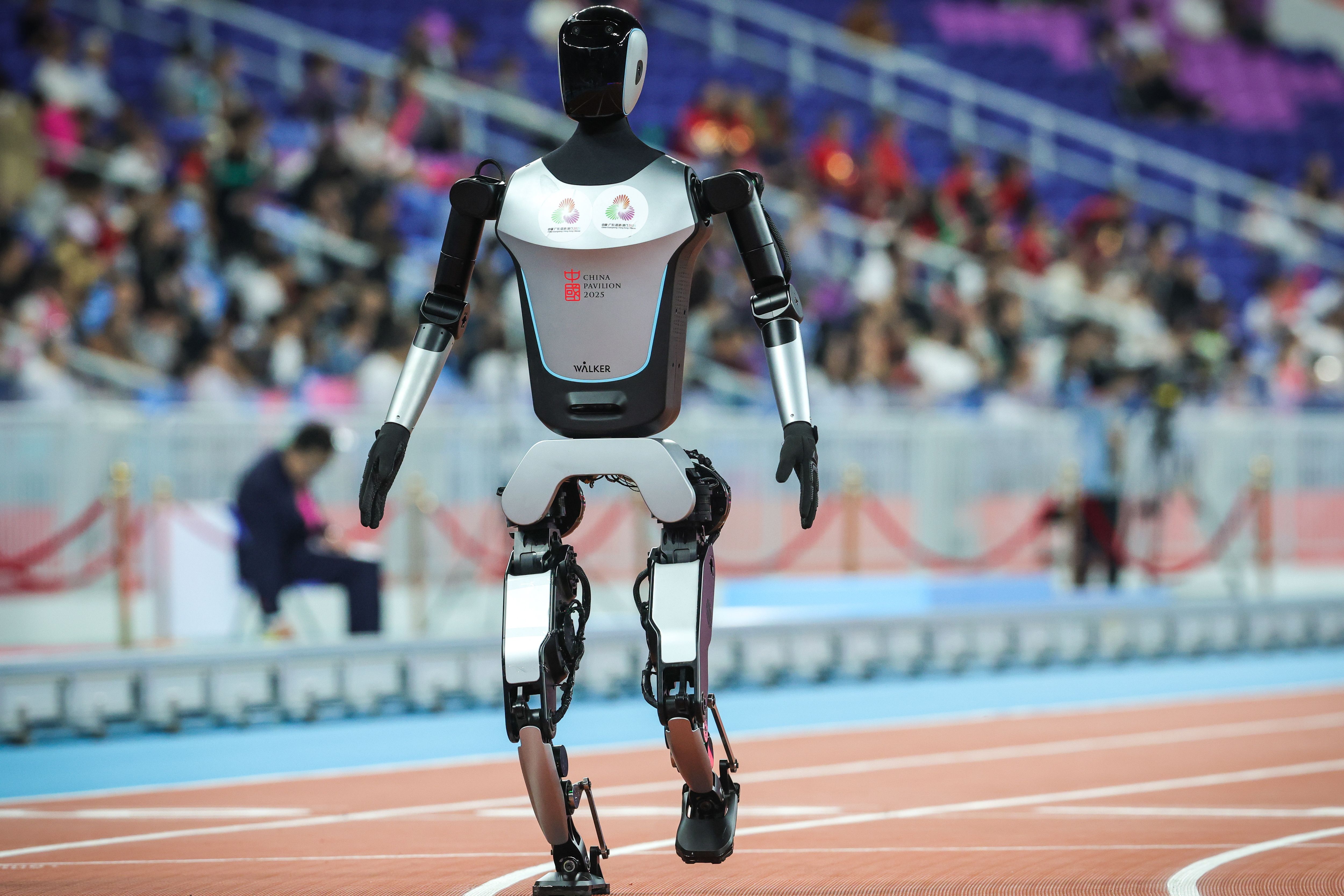China's top economic planning agency just issued a rare warning about a potential bubble forming in the humanoid robotics industry. With over 150 companies flooding the sector and investment pouring in despite limited proven use cases, Beijing is concerned about rapid growth outpacing practical applications in a field it considers strategically vital.
China just pumped the brakes on its humanoid robotics gold rush. The National Development and Reform Commission delivered an unusually blunt warning Thursday about bubble risks in a sector Beijing previously championed as essential for future economic dominance. The timing couldn't be more telling - this comes as global investors are getting increasingly jittery about AI valuations across the board. Speaking at a press briefing, NDRC spokesperson Li Chao said China's humanoid robotics industry needs to balance "the speed of growth against the risk of bubbles," according to Bloomberg reporting. His concern? Investment has been flooding into the sector despite there being precious few proven commercial applications for these walking, talking machines. The numbers tell the story of an industry in overdrive. Li revealed that more than 150 humanoid robotics companies are now operating across China. What's striking is that over half of these are either fresh startups or companies that jumped in from completely different industries, sensing opportunity in the hype cycle. It's a classic bubble formation pattern - lots of money chasing limited real-world demand. The warning represents a rare moment of official restraint from Beijing regarding an industry it designated as a national priority earlier this year. China officially classified embodied intelligence - the technology powering humanoid robots - as strategically important for economic growth. But even strategic priorities, it seems, can get overheated. Li's specific concern about "highly similar" models flooding the market as R&D funding shrinks points to a deeper problem. When everyone's building roughly the same thing without clear differentiation or proven demand, you've got the makings of a classic tech bubble. We've seen this movie before with everything from dot-com startups to cryptocurrency projects. The humanoid robotics sector has been riding high on promises of revolutionary applications in manufacturing, healthcare, and service industries. Companies like Tesla with Optimus and various Chinese firms have been showcasing increasingly sophisticated prototypes. But the gap between impressive demos and profitable, scalable business models remains stubbornly wide. This warning also comes at a moment when the broader AI industry is facing its own bubble concerns. Massive investments in large language models and AI infrastructure have yet to translate into proportional revenue growth for many companies. Investors are starting to ask harder questions about when AI will deliver on its astronomical valuations. For China's robotics sector, the timing of this official caution suggests Beijing wants to cool things down before the bubble gets too big to manage. The government clearly still believes in the long-term potential - they're just worried about short-term excess creating longer-term damage to the industry's credibility and financial health. The global implications extend beyond China's borders. American and European robotics companies are also racing to develop humanoid robots, often citing competition with Chinese firms as justification for aggressive timelines and funding rounds. If China's market cools down, it could impact investment patterns worldwide.












